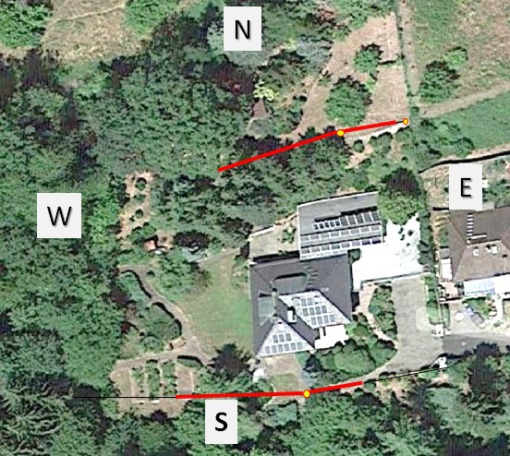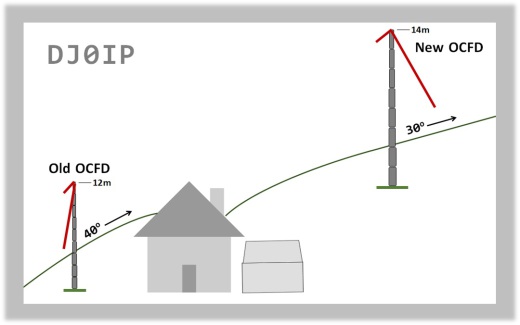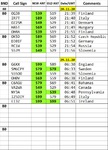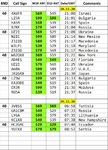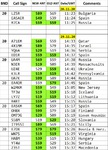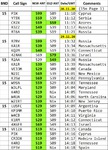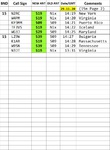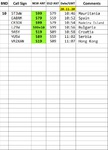A/B Comparisons: New vs. Old 80m OCFD
Here again is the layout around my hourse, showing:
- The old antenna (ANT 2) down the hill, its feedpoint about as high as the roof of the house.
- The new antenna (ANT 1) up the hill, it's feedpoint about 14m above the roof of the house.
View from above:
Side View:
Besides being located farther away from the house and in the clear, this new antenna also enjoys a lower take-off angle for clearing the top of the mountain (i.e., New Ant.: 30 deg.; Old Ant.: 40 deg.)
IN THE A/B TESTS BELOW:
- All tests were conducted during the 2020 CQWW DX CW contest.
- The RF Gain was often turned down, and/or attenuation applied to reduce the signal levels to mid range on the S-Meter.
- The Receiver (an ICOM IC-7300) has 3 dB per S-Unit (not 6).
- "Nix" is German slang for "nothing at all".
- "New Ant" = "ANT-1" ¦ "Old ANT" = "ANT-2"
COMMENTS:
Although in theory a major CW DX contest is a great opportunity to test antennas, it turned out to be a very difficult task, for several reasons:
- Contest Exchanges are very short, which doesn't allow much time for switching back and forth.
- On the low bands, the local (European) stations were usually stronger than the DX station that I was trying to copy.
- The poor dicipline of th European stations who continued to call the DX even while he was transmitting made it difficult to copy the DX station.
- S-Meter response to the local stations made it difficult to read the signal strength of the DX station.
On several occasions, I simply gave up and did not record the station because it was impossible to be sure of the results.
NOISE:
Noise really was not an issue in the contest. The only thing I distinctly observed was that the noise level on 15m was S1 on the old antenna and S0 on the new antenna.
SUMMARY OF RESULTS:
- Most of the time I could copy all the stations well enough on both antennas, but quite often, the new antenna was 1 to 2 S-Units stronger.
- The signal strength was often the same on both antennas.
- On rare occasions, the signal strength was stronger on the old antenna than on the new antenna.
- The biggest difference was seen when a band began to close.
- This was observed most often on 15m.
- On several occasions, a station was perfectably readable on the new antenna but barely heard (if at all) on the old antenna. This was recorded as "Nix".





